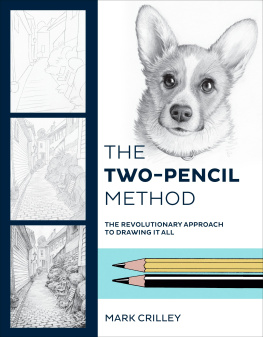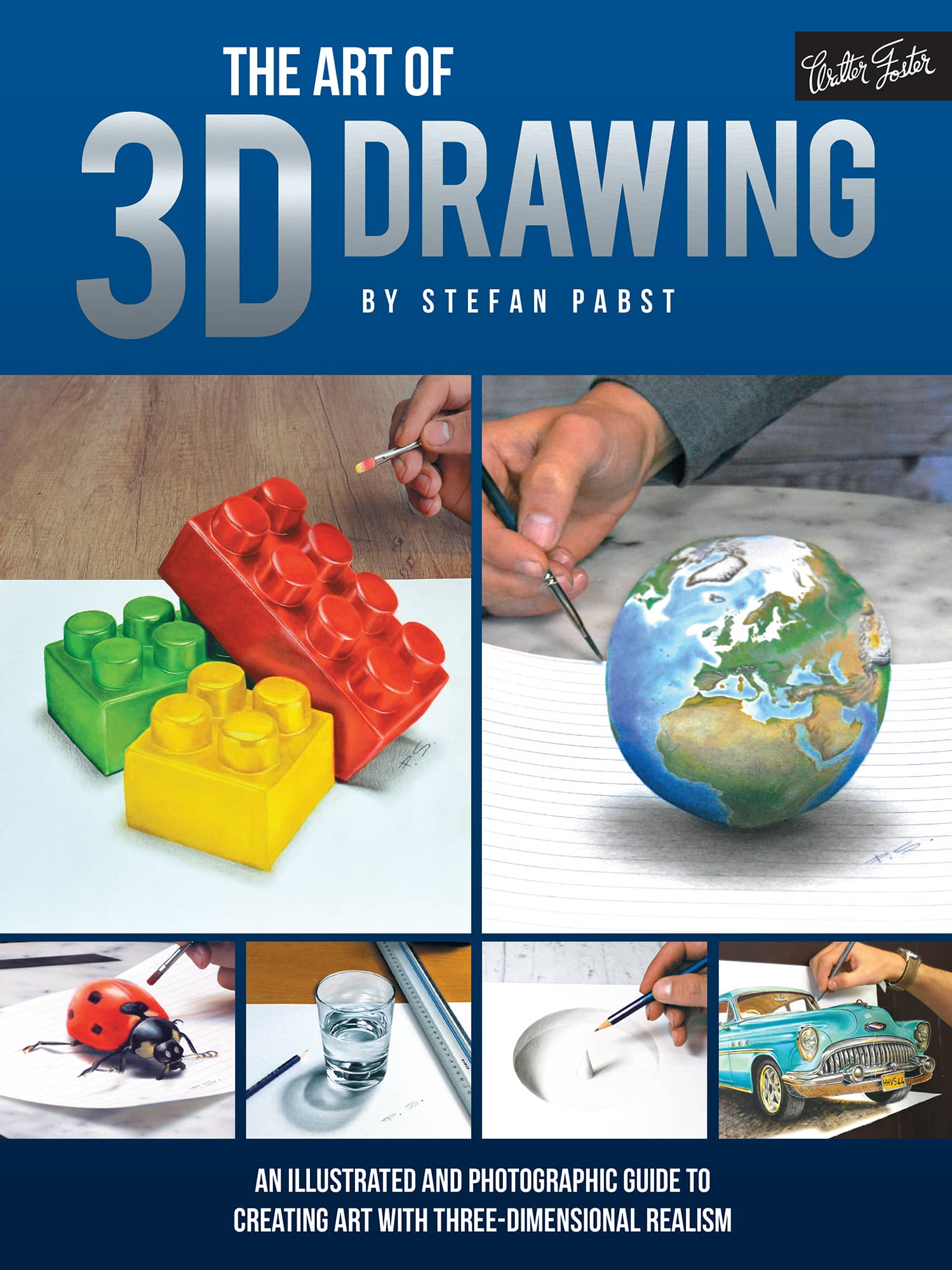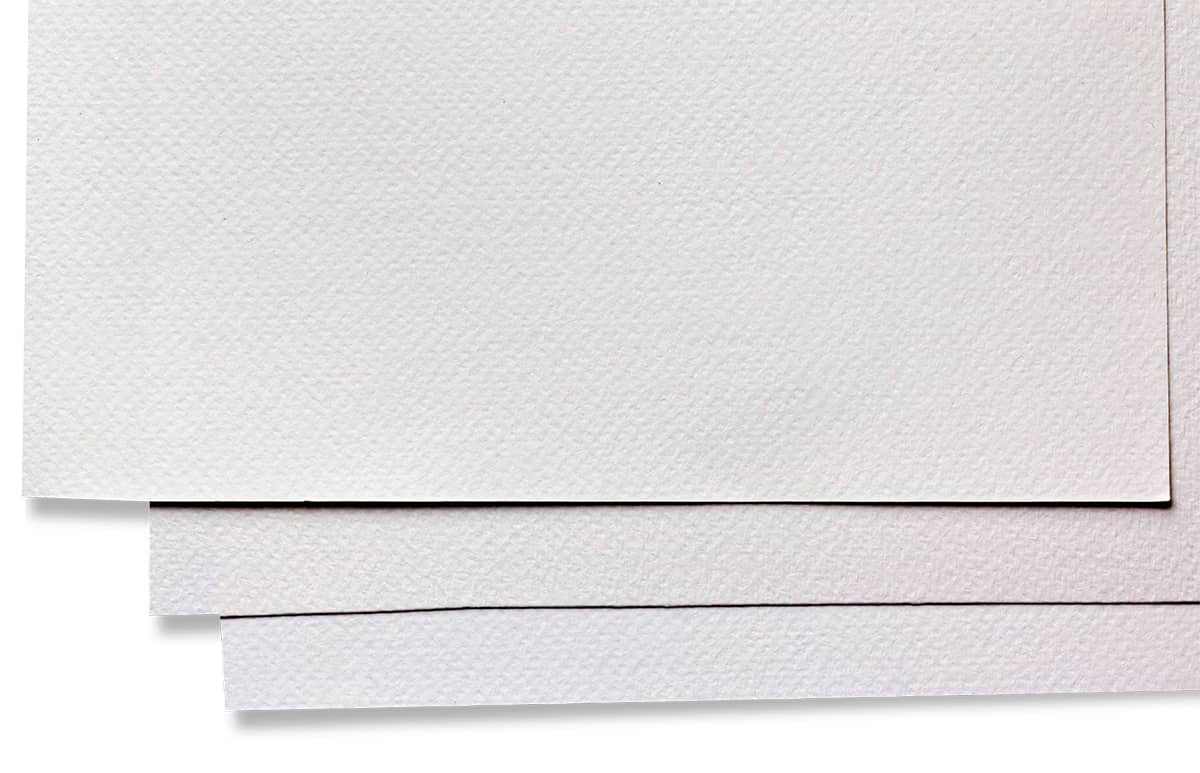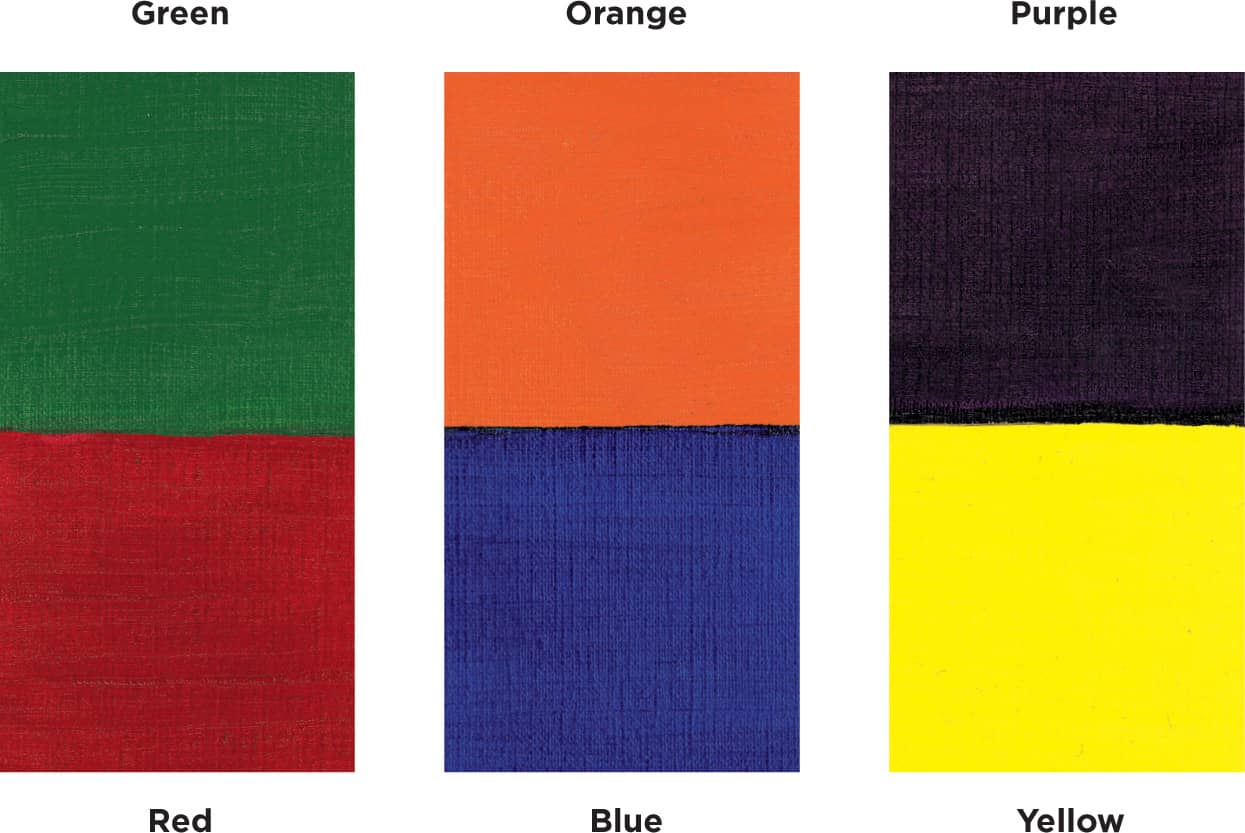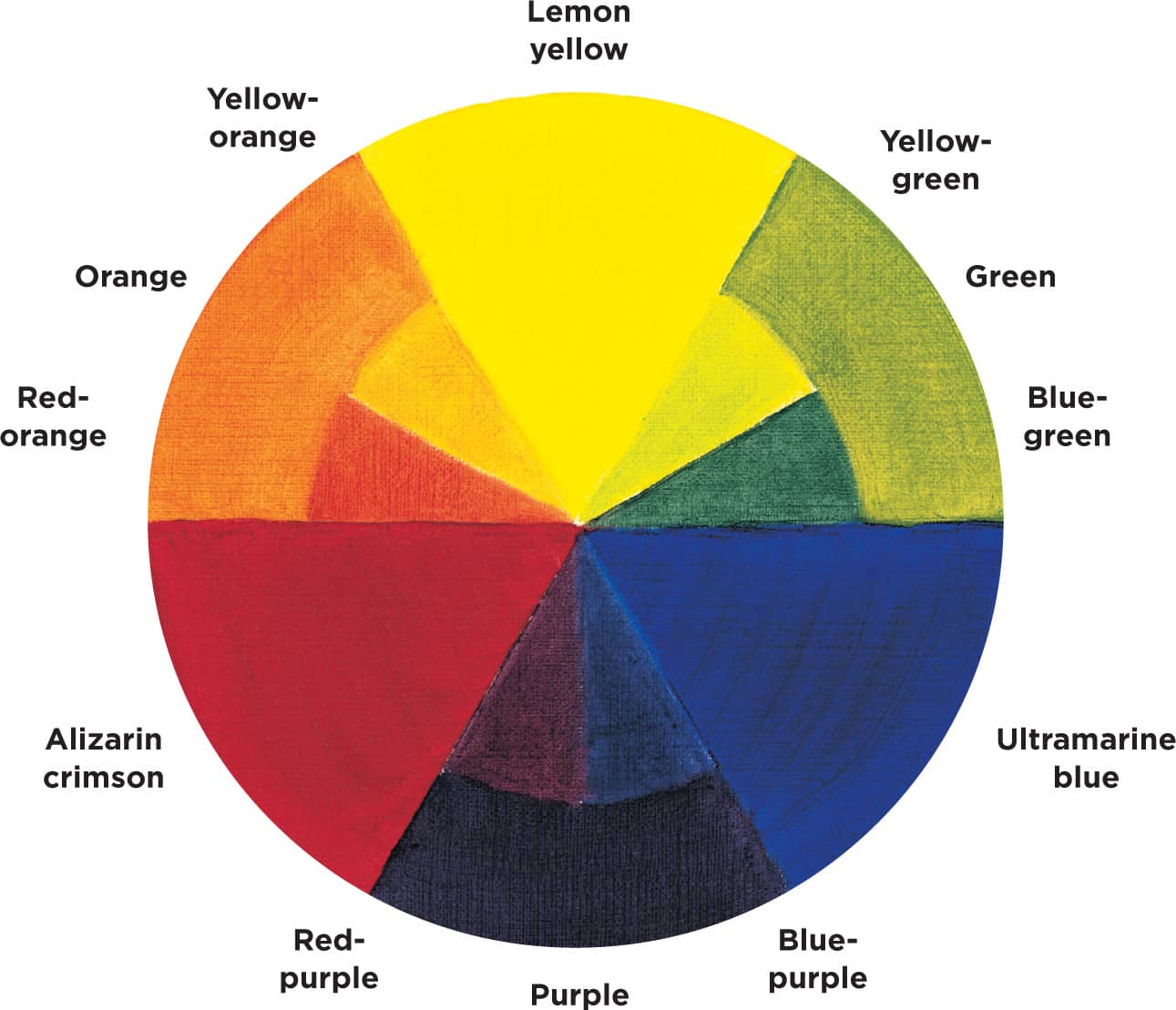Stefan Pabst - The Art of 3D Drawing: An Illustrated and Photographic Guide to Creating Art with Three-Dimensional Realism
Here you can read online Stefan Pabst - The Art of 3D Drawing: An Illustrated and Photographic Guide to Creating Art with Three-Dimensional Realism full text of the book (entire story) in english for free. Download pdf and epub, get meaning, cover and reviews about this ebook. year: 2016, publisher: Walter Foster Publishing, genre: Art / Computer. Description of the work, (preface) as well as reviews are available. Best literature library LitArk.com created for fans of good reading and offers a wide selection of genres:
Romance novel
Science fiction
Adventure
Detective
Science
History
Home and family
Prose
Art
Politics
Computer
Non-fiction
Religion
Business
Children
Humor
Choose a favorite category and find really read worthwhile books. Enjoy immersion in the world of imagination, feel the emotions of the characters or learn something new for yourself, make an fascinating discovery.

- Book:The Art of 3D Drawing: An Illustrated and Photographic Guide to Creating Art with Three-Dimensional Realism
- Author:
- Publisher:Walter Foster Publishing
- Genre:
- Year:2016
- Rating:5 / 5
- Favourites:Add to favourites
- Your mark:
The Art of 3D Drawing: An Illustrated and Photographic Guide to Creating Art with Three-Dimensional Realism: summary, description and annotation
We offer to read an annotation, description, summary or preface (depends on what the author of the book "The Art of 3D Drawing: An Illustrated and Photographic Guide to Creating Art with Three-Dimensional Realism" wrote himself). If you haven't found the necessary information about the book — write in the comments, we will try to find it.
Artists wont believe their eyes as they learn to draw with photorealistic detail.
The Art of 3D Drawing shows artists how to transform simple pencil sketches into jaw-dropping, photorealistic masterpieces. Through a variety of step-by-step exercises and demonstrations, pencil artists learn to take their drawing skills to a whole new level, beginning with a review of the basics, including perspective, shading, rendering textures, and building dimension. Practice lessons then demonstrate how to draw a range of subjects in realistic detail, from food and candy wrappers to animals and portraits. Finally, aspiring artists learn to use color media, including pencils and airbrushing, to add even greater dimension and realism to their artwork to complete their three-dimensional masterpieces.
Stefan Pabst: author's other books
Who wrote The Art of 3D Drawing: An Illustrated and Photographic Guide to Creating Art with Three-Dimensional Realism? Find out the surname, the name of the author of the book and a list of all author's works by series.

